Table of contents
Meaning of black butterfly
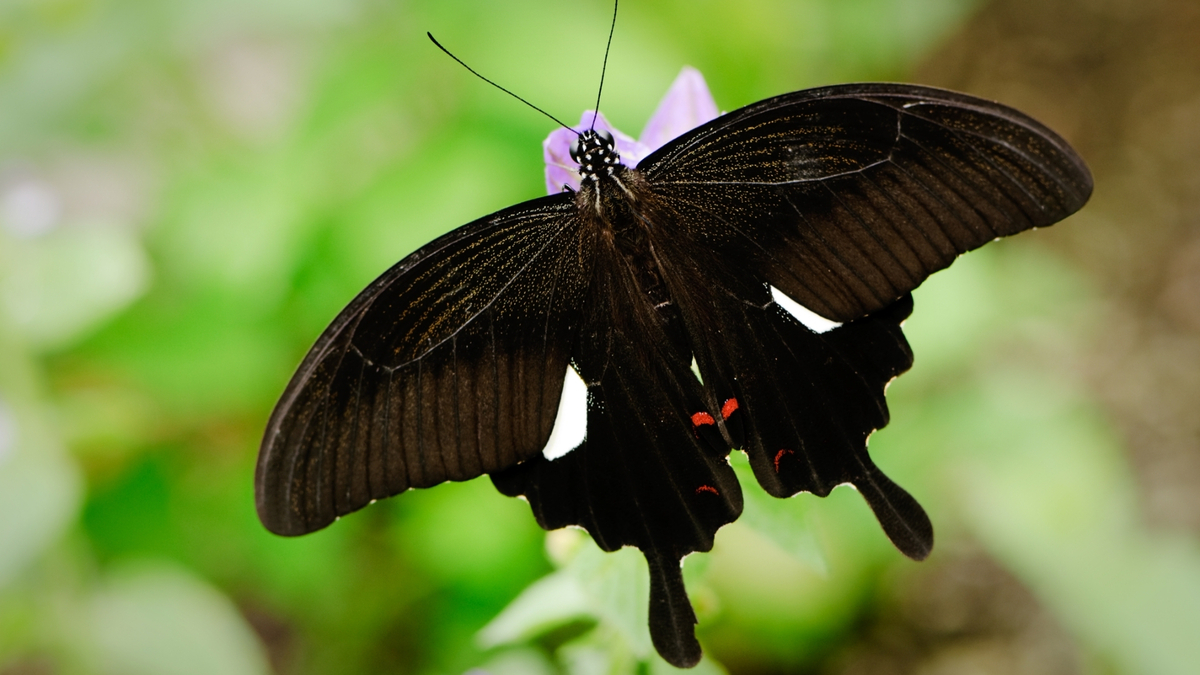
Like many other black-colored animals and items, the black butterfly is often associated with bad things. It is a common belief that seeing a black butterfly is a bad omen. It is worth noting that we are not talking about moths, which are quite different from butterflies. For example, most butterflies have diurnal habits, while moths have nocturnal habits.
But what these two insects have in common is the fact that their existence is permeated by stigmas and superstitions that vilify them. Besides generating anguish in the people who find them, the predominance of certain beliefs can cause these innocent animals to be killed for nothing.
About the black butterfly
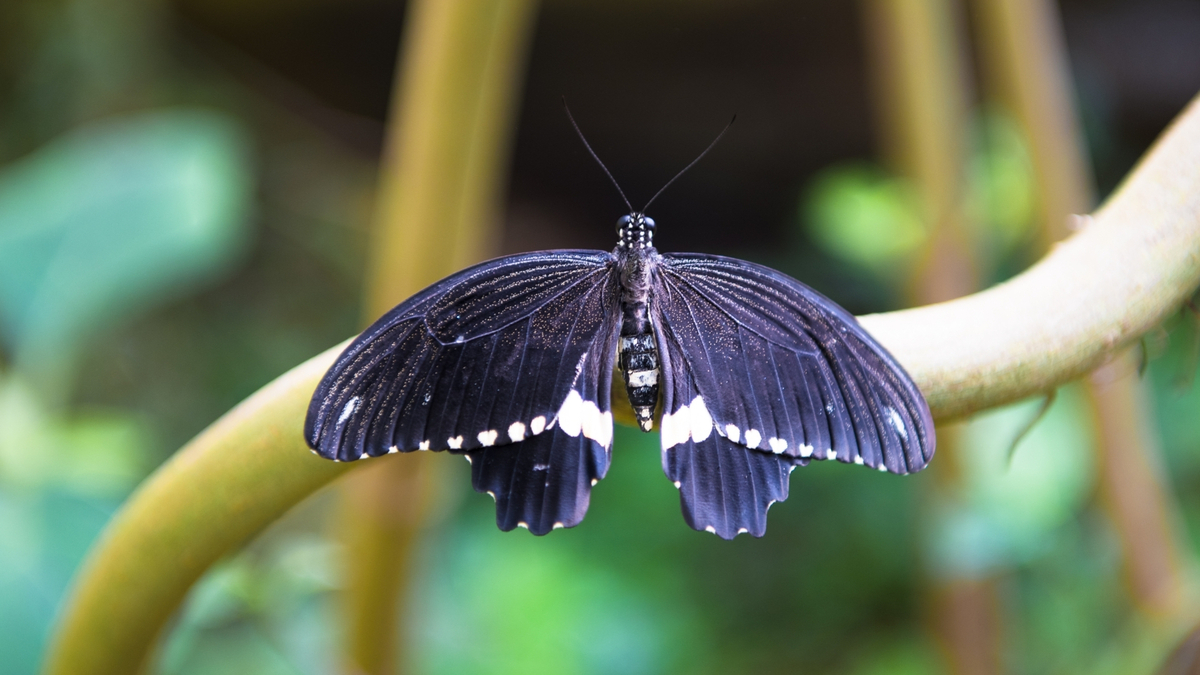
The butterfly is an insect belonging to the lepidopteran order. It usually has diurnal habits and rests with its wings in an upright position when it lands. The phase in which this animal is actually considered a butterfly (i.e. has wings after leaving the cocoon) is the last of its life, and its feeding in this phase is usually based on nectar.
With an intriguing life cycle and a beauty that fascinates, butterflies have been targets of various superstitions around the world since ancient times. The color black itself, in turn, is the color most shrouded in mysticism, superstitions and stigmas (often negative) in human history.
The black butterfly then, being a junction of an animal and a color that are surrounded by meanings and superstitions, carries with it a wide range of beliefs projected by humanity. Read on to better understand the possible meanings of this type of butterfly and why it is so misunderstood.
Symbology of the black butterfly
With its peculiar life cycle, the butterfly is closely associated with metamorphosis. Its life is marked by four stages: egg, larva, pupa and adult stage (when it actually becomes a butterfly). In the pupa stage, the caterpillar stays in a cocoon until it completes its development and gains its butterfly wings.
Despite being accompanied by this general meaning of butterflies, the black butterfly tends to be associated with other meanings, often considered bad. It is historically associated with death in different cultures, especially those linked to Europe. Especially in Western societies, where there is a greater taboo around death, the black butterfly has a negative stigma.
The black butterfly in antiquity
In ancient Greece, the butterfly was generally considered to be the personification of the human soul in the physical world. The term used for this animal would be psyche, which can be translated as "soul." According to Greek mythology, this was also the name of the young woman who married Eros, the god of love, and became the goddess of the soul.
For the people of Ancient Egypt, the color black was associated with resurrection and eternal life. So, when someone died, they believed that their spirit would leave the body in the form of a black butterfly. This Egyptian conception reached as far as Greece and Rome, and probably spread to other peoples as well. In several cultures, there is the belief that the black butterfly is the soul of a dead person.
Superstitions with black butterfly
The widespread idea among various peoples that the black butterfly is the soul of a dead person is somewhat similar to the idea of some peoples in Europe about this insect. According to European superstition, the appearance of a black butterfly in the home indicates the recent or imminent death of a relative.
Possibly as a reflection of the European colonization of Brazil, this superstition has come down to us. For many Brazilians, the presence of this butterfly also points to a death in the family.
In some traditions in Europe, such as the Nordic tradition, it is also said that witches can turn into black butterflies. Another common belief in European countries is that black butterflies would be souls of children who died without baptism.
Black butterfly tattoo
Butterfly tattoos are very popular for the elegance and lightness they convey. Black tattoos in general are the most common, but the choice to have a black butterfly on the skin can represent an important transformation in the life of who carries it from the end of a cycle and the beginning of another.
There is also the mystical belief that the black butterfly symbolizes protection against negative energies generated by the protected person himself - after all, sometimes we are our own worst enemies. Carrying the image of a black butterfly on your skin, then, is carrying with you an amulet to protect yourself from these energies.
To dream of black butterfly
To dream of a black butterfly may be a warning about negative energies surrounding you. Not a bad omen - a warning. It would then be an opportunity to rethink your way of relating to the world and perhaps, like the butterfly, allow yourself a transformation.
This type of dream can also represent the experience of the end of a cycle, since this is one of the main symbologies of this butterfly.
But it is important to remember that each case is unique: reflect on your dream from what you are experiencing and from past experiences you have had with black butterflies. These are important clues to correctly interpret the dream message.
Black butterfly inside the house
If a black butterfly appears in your house, do not despair! This does not necessarily mean the death of someone. Keep in mind that the concept of death is much broader, especially when talking about spiritual and psychic issues. So this encounter would only be an indication of a great transformation, which may be imminent or already happening.
Butterflies, in general, are considered spiritual messengers. Because of its denser meaning and full of scary superstitions, the black butterfly can be intimidating to those who find it in their home. But its message is just as valid as any other type of butterfly would be, or even more so.
Myths about the meaning of black butterflies
Just like the idea that a black cat is bad luck, the idea that the black butterfly brings death is a myth. Even if it is considered a sign of death, this should not be a reason to dislike it, much less hurt it, because it would only be acting as a messenger, not as a cause.
But it's important to remember that death doesn't just refer to physical death. It can refer to the end of a cycle, such as the end of a relationship or a job. Contrary to what we often believe, these things are not necessarily bad: the end is an opportunity for a new beginning.
The black butterfly, therefore, would not be a bad omen, but only an announcer of the end of a cycle and of a consequent new beginning.
Spiritual meaning of the black butterfly around the world
Metamorphosis is the main meaning of the butterfly. The striking difference between the period when this insect is still a caterpillar and the period when it actually becomes a butterfly is the perfect metaphor for great transformations and personal and spiritual evolutions.
The symbolism of the black butterfly is usually shrouded in a greater mystery. Throughout human history, the different interpretations have in common the idea that this insect has a connection with other dimensions, and its meaning seems denser than that of other butterflies.
For Egyptians, Greeks and other cultures, black butterflies would be people's souls. An apparently neutral interpretation, but one that takes on a negative connotation in some countries. For some people, black butterflies would be a bad omen. But it seems common to several cultures the idea that, in one way or another, the black butterfly symbolizes the end of cycles.
Fear of the black butterfly
In the face of so many stigmas and so much mystery, it is common to be afraid of black butterflies. In a society that fears death so much, an animal that can be minimally associated with it inevitably causes apprehension and fear.
This fear is often irrational and a legacy of things we internalize throughout childhood and adolescence. It can also be a cultural heritage. But it is possible to combat internalized erroneous beliefs and give this beautiful animal its due, with the awareness that, like other animals, it is part of a perfect communication system of the universe.
What to do after seeing a black butterfly?
When you see a black butterfly, first understand what it makes you feel. If you feel apprehensive, question the source of it. What do you associate the black butterfly with? Are you afraid it means the death of a loved one? Or are you afraid of big changes in general?
When you see the source of your discomfort, confront this idea with questions and look for clues that your fear or aversion may be unfair. Never project your negative feelings onto an animal!
Remember, the black butterfly is an innocent insect, and even if it was a bad omen, any bad event would not be its fault. It's just a messenger, and it may be there to warn you or announce something important-not necessarily something bad. Either way, receive it with gratitude and try to understand the message.
What does it mean to find a butterfly at home?
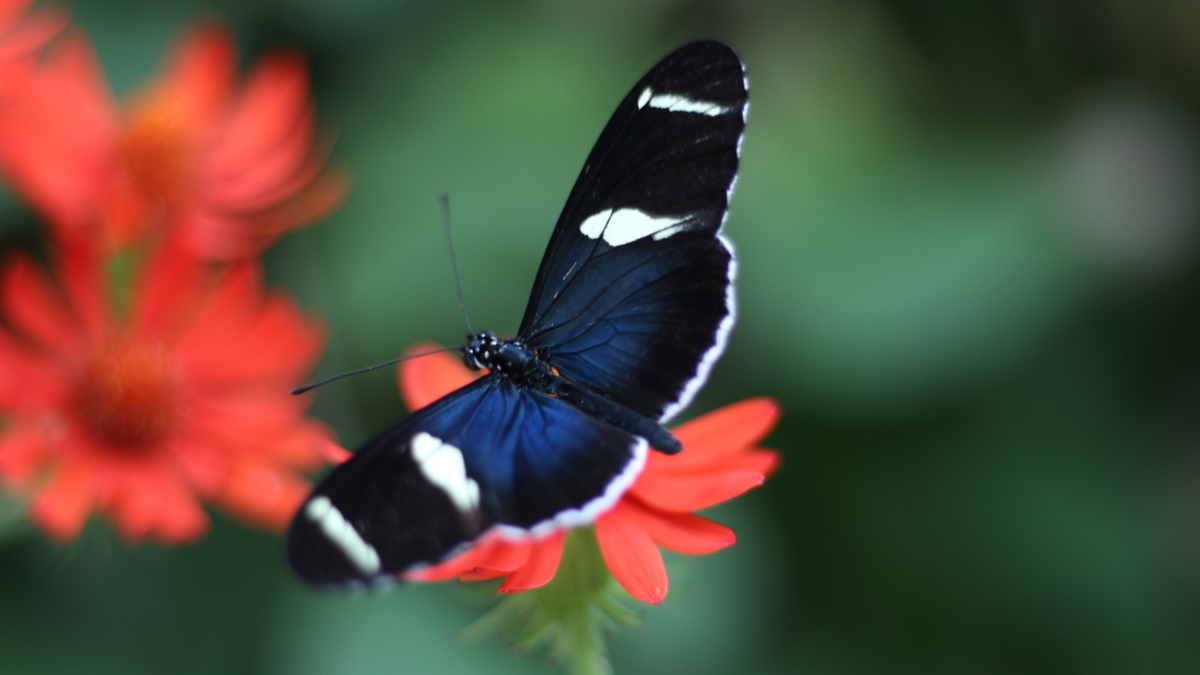
When you find a butterfly at home, many people tend to ignore it, chase it away, or even kill it. But don't do that! Besides being harmless, it may be carrying a message.
If a butterfly appears in your home, pay attention to it. How it moves, where it lands, and especially the color of its wings. Colors have special meanings, which can be even more special associated with an animal like the butterfly.
Symbology
The butterfly has many possible meanings. Among the main ones are transformation, evolution, freedom and beauty. It is the final stage of life of the insect that initially is just a caterpillar. When freeing itself from the cocoon, the animal opens its new beautiful wings and takes off.
Despite having a short life span, this animal usually manages to reach the maximum stage of its evolution. Reflecting on butterflies, therefore, can bring us two important lessons: embrace change as opportunities for evolution and make the most of the life we have and the present moment.
Meaning according to Spiritism
In many ancient cultures, the butterfly represents the liberation of the soul from the flesh. The same can be said of spiritist thought, for which it is associated with a liberation of the soul to reincarnate in another body. The meaning of the butterfly in spiritism, therefore, is reincarnation.
Reincarnation, in the spiritualist doctrine, is seen as a chance to start over and make wiser choices to reach a higher level of spiritual evolution. So it is also possible to say that the butterfly, in spiritualism, represents the new beginning - which refers to the idea of metamorphosis, so often associated with this animal.
Meaning according to Feng Shui
Feng Shui is an ancient Chinese technique that aims to harmonize homes through physical changes, and one of its goals is to bring us closer to nature. According to this practice, the butterfly represents freedom and lightness in the search for balance, and also has a connection with love and the natural healing instinct.
Decorating an environment (such as your home or workplace) with butterflies, then, is a way to bring it more positivity. For Feng Shui, the presence of the butterfly figure inspires positive changes. To adhere to this idea, you can, for example, put printed curtains with butterflies or some decorative object in the shape of a butterfly.
Meaning in Japan
Because of their gracefulness, lightness and dexterity, in Japan butterflies are seen as representatives of the female universe. They are often associated with geishas in particular, who were trained in various art forms, such as dancing and singing, and whose work was the entertainment of male customers.
But just as in the rest of the world, in Japan butterflies are also seen as representatives of the cycle of life and associated with the spiritual world. Japanese culture has a vast collection of legends about butterflies, which have been present in its folklore since very ancient times.
Spiritual messengers
Butterflies bring important lessons about personal evolution and spirituality. Besides the ideas of embracing the changes that come and living the present to the fullest, we can extract from the life cycle of this animal the importance of introspection and self-knowledge: it is during the time in the cocoon that the wings develop.
And, certainly, if you stop to observe butterflies, discover and reflect more about them, you will find many other meanings and extract many other important lessons. Butterflies, when visiting your home, may bring timely messages, but they are also carriers of much greater lessons for your life.
The butterfly's life cycle: the metaphor
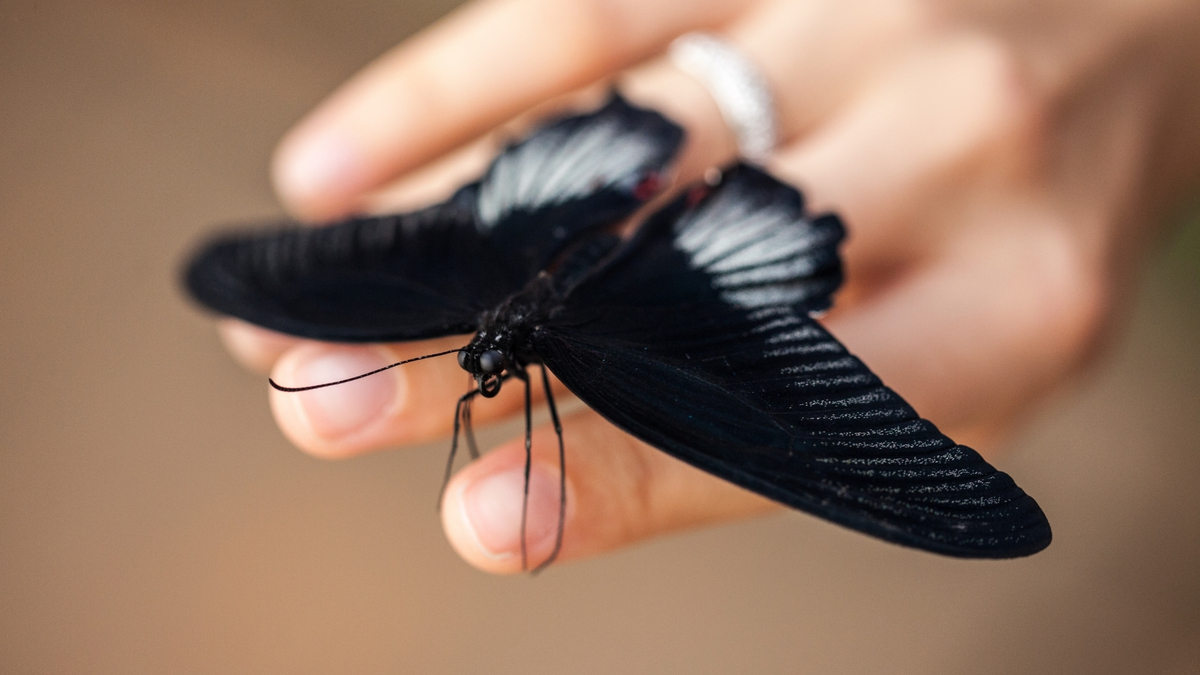
Lepidoptera, as the insects that have the butterfly or moth stage as their last stage of life are called, have a particularly interesting life cycle. From egg to flight and even for their short life span, butterflies have a lot to teach us.
The phases through which this animal passes during its existence can be used in metaphors that reflect our reality, and refer to important issues of human existence. After all, nature is wise. Check it out!
The egg
The adult female butterfly, after fertilization, usually lays her eggs on plant leaves. She prioritizes tough leaves that will not break under the weight of the eggs, to ensure the protection of the embryos. The embryo remains inactive inside the egg until external conditions are favorable for its development and exit.
This phase can teach us a lot about caution. The butterfly that lays her eggs is cautious about where she chooses to lay them. In the same way, we should be cautious about where we lay our eggs - that is, what we invest our energy, time and money in, among other things.
Furthermore, the fact that the embryo lies dormant until conditions are favorable shows us the importance of having the patience and wisdom to take the first step towards the new.
The Caterpillar
During the larva or caterpillar stage, the animal tends to eat a lot to grow well and store energy, which is important for the period it will spend inside the cocoon. In addition, the caterpillar is able to produce silk threads that attach to surfaces and can protect it from predators.
Caterpillars, then, can teach us about caution and about working towards our goals. It does what it can to have energy for its development and to stay alive. In the same way, we need to work to meet our needs and be cautious of those who approach us, always keeping our focus on our goals - on the wings we wanthave.
The cocoon
The cocoon (or chrysalis) is formed by the silk that the caterpillar produces once it is ready to enter this period of intense seclusion. It isolates itself from the outside world inside the cocoon for the necessary time, and undergoes modifications in its transformation into a butterfly.
This phase shows us the importance of introspection and self-knowledge for our evolution. It is important to take moments to look at ourselves and eliminate external interference. Knowing how to be silent is as important - or even more important - than knowing how to speak. It is in the silence that we hear our thoughts more clearly and it is in solitude that we come face to face with our essence.
The first flight
The first flight is a moment of glory in the life of the lepidopteran. After so many struggles and a long seclusion, the then butterfly can finally leave the cocoon and spread her new wings. She can finally fly and get to know the world in ways she could not before.
This moment portrays the rewards that will always follow the battles we face in our lives, as well as the importance of freedom and personal evolution. Once we allow ourselves to evolve and gain freedom, we can explore angles we would never have been able to explore before, and see the world from a point of view never before seen.
The return to earth
During the adult stage, the butterfly's main goal is to reproduce - that is, to give birth to new lives, new future butterflies. The cycle, therefore, does not end when it dies, as it leaves offspring that will literally start from the bottom (living as caterpillars) and also try to advance towards the butterfly stage.
This shows us that there are no endings that are more than mere endings. The last phase of this insect's life gives rise to the first phase of the life of new insects. Endings are always followed by new beginnings and the same is true of our lives.
Does black butterfly mean bad omen?
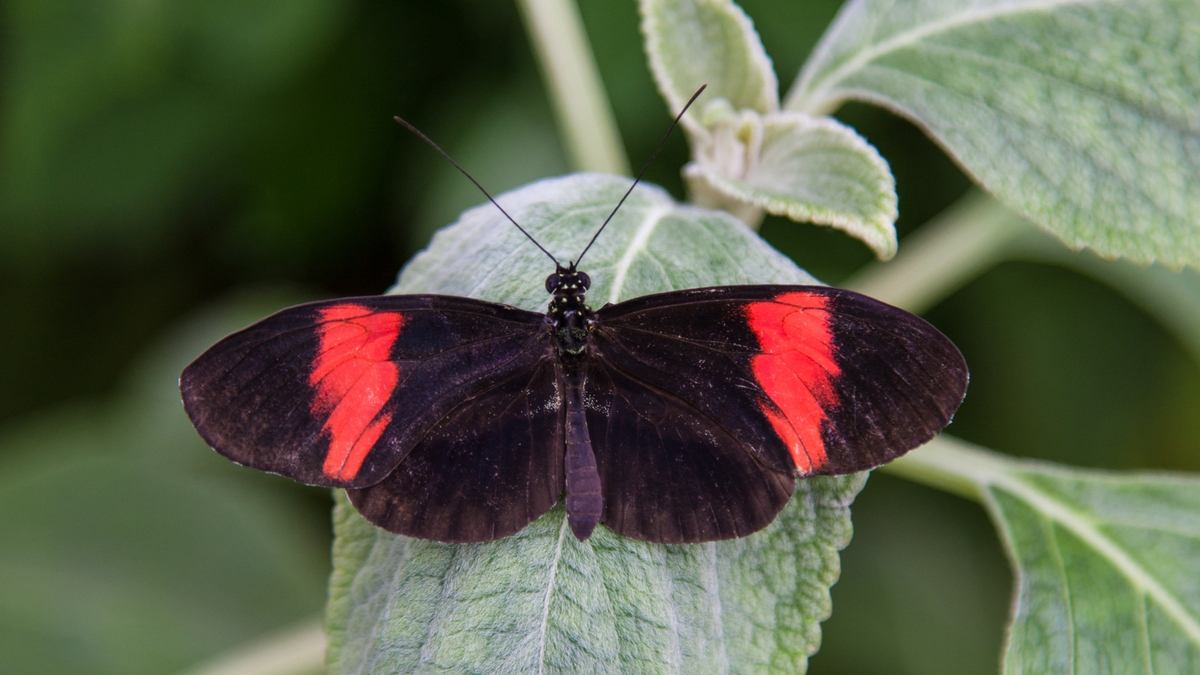
In biology, the adult form of the lepidopteran that emerges from the cocoon is called the imago. The imago, then, is the stage that the insect reaches through the metamorphosis it undergoes inside the cocoon. But interestingly, the word "imago" in Latin means "image." This is an indication that the butterfly may be a reflection of our lives - an image reflected in a mirror.
The black butterfly, in particular, has a color that refers to mourning. Mourning is an emotional state associated with the physical death of a loved one, but it also exists in other situations, such as the breakup of an emotional bond. But the life of butterflies is a cycle marked by important metamorphoses. This is a reminder that endings are not only endings, but also opportunities for new beginnings.
So, the black butterfly is not necessarily a bad omen. It is indicative of an end and a consequent new beginning. The message it has for us is of extreme importance, and although the new seems frightening, it is crucial for the continuity of life.

